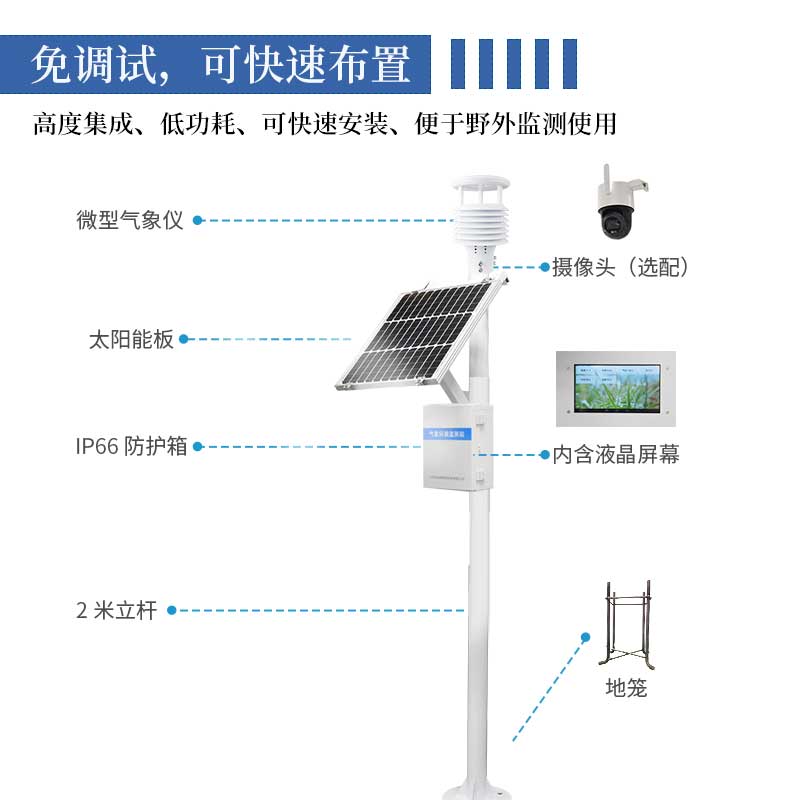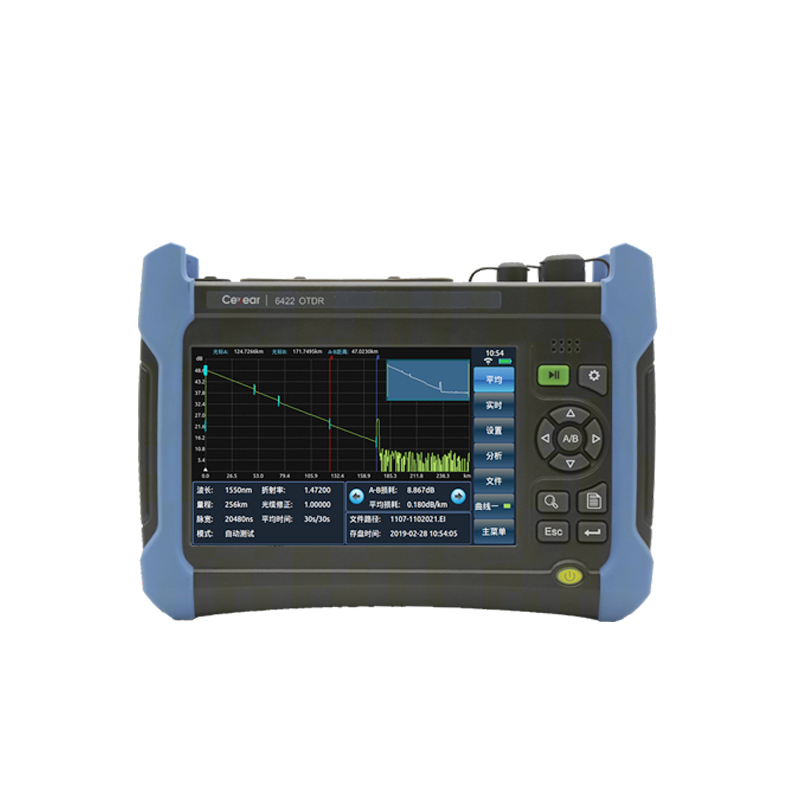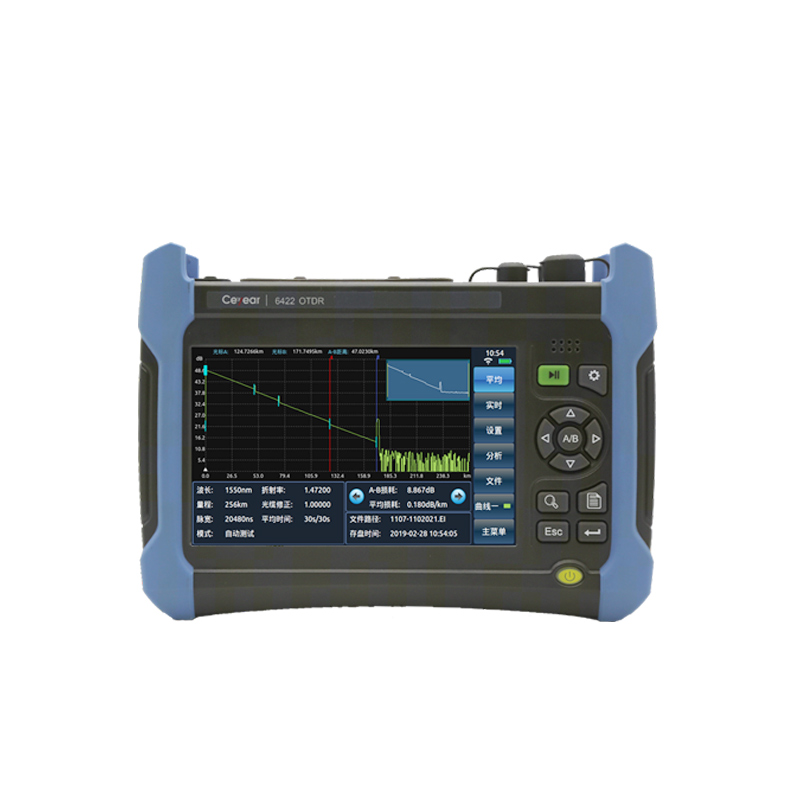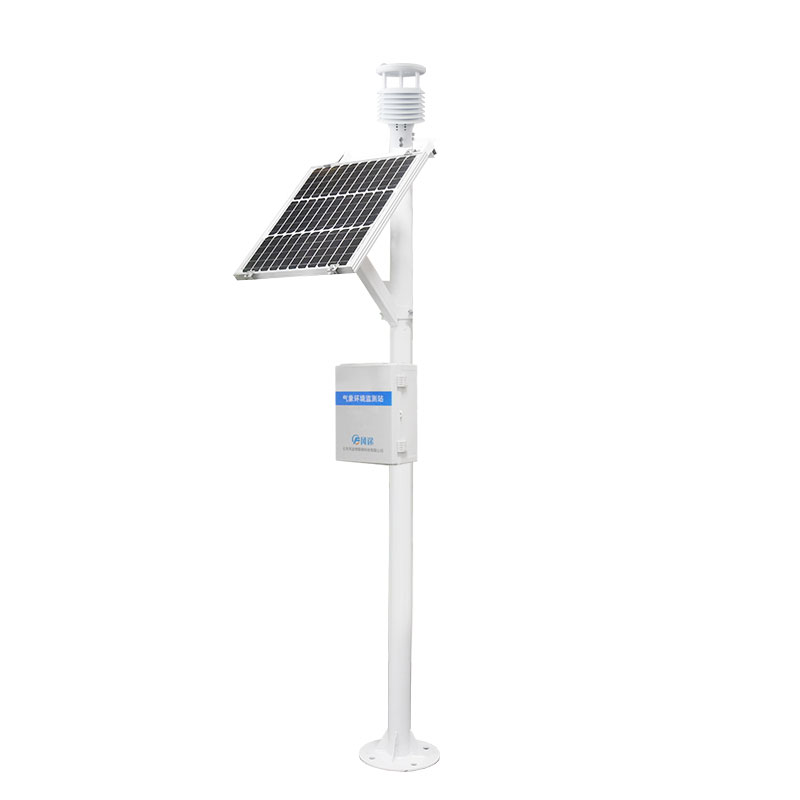Product
Recommended article
- One - Stop Dust Monitoring Solution
- How Forestry Weather Stations Bolster Forest Fire Prevention Efforts
- Discover the Power of Negative Oxygen Ion Monitoring System for Cleaner Air
- Comparative Analysis of Ultrasonic and Automatic Weather Stations in Meteorological Monitoring
- Breaking Through the ‘Last Meter’ with Online Dust Monitoring System
- Mastering Road Conditions with Road Weather Station
Contact us
Shandong Fengtu IOT Technology Co., Ltd
Sales Manager:Ms. Emily Wang
Cel,Whatsapp,Wechat:+86 15898932201
Email:info@fengtutec.com
Add:No. 155 Optoelectronic Industry Accelerator, Gaoxin District, Weifang, Shandong, China
Essential Meteorological Parameters: The Foundation of Weather Forecasting and Climate Analysis
Article source:Weather station time:2024-11-04 09:15:20 viewed:10times
The "five elements" in meteorological data collectors include the most critical basic data in meteorological monitoring, which together form a basic description of weather conditions. These elements include the temperature of the air, which is the degree of cold or heat of the air; the content of water vapor in the air, also known as humidity, which reflects the richness of moisture in the air; wind speed, which is the intensity of the wind, describing the speed of air movement; wind direction, indicating the source direction of the wind; and atmospheric pressure, which measures the pressure of the atmosphere on the ground. These parameters provide core information for weather forecasting, climate analysis, and environmental monitoring, and are the basis for understanding and predicting weather changes.
Meteorological data collectors, also known as meteorological monitoring stations or climate monitoring devices, are instruments specifically designed to collect and record various meteorological information. These devices can measure and record key meteorological indicators such as temperature, humidity, wind speed, wind direction, atmospheric pressure, and precipitation. The performance of meteorological data collection equipment, including its measurement accuracy, stability, reliability, and adaptability, directly affects the effectiveness of the entire system.
They are not only used to provide immediate meteorological information to assist in weather forecasting but also to monitor extreme meteorological events and issue early warning information in a timely manner. They are also used to collect data over the long term to analyze global climate change, measure air quality and other environmental parameters to assess environmental quality, provide climate and soil information to agricultural workers to assist in agricultural production decisions, and predict the impact of meteorological conditions on traffic to ensure smooth and safe transportation.

This paper addresses:https://www.yf182.com/industry/545.html
Related products
Related article
-
Comparative Analysis of Ultrasonic and Automatic Weather Stations in Meteorological Monitoring
2025-01-13 -
Dust monitoring and control systems for steel companies
2024-03-19 -
Cellular Weather Station FT-SQ5: Embrace Precise Meteorological Monitoring
2024-09-29 -
Fengtu's Agrometeorological Stations: Pioneering Sustainable Smart Agriculture Solutions
2024-09-05 -
Integrated forest fire risk factor monitoring station component
2024-05-16 -
Agrometeorological Station, Intelligent Platform Integrating Internet of Things (IoT) Technology
2024-02-02 -
Visibility sensor: Unlocking Precision in Atmospheric Visibility Measurement and Beyond
2024-11-25 -
Introduction to the fog warning and monitoring system
2024-06-19










